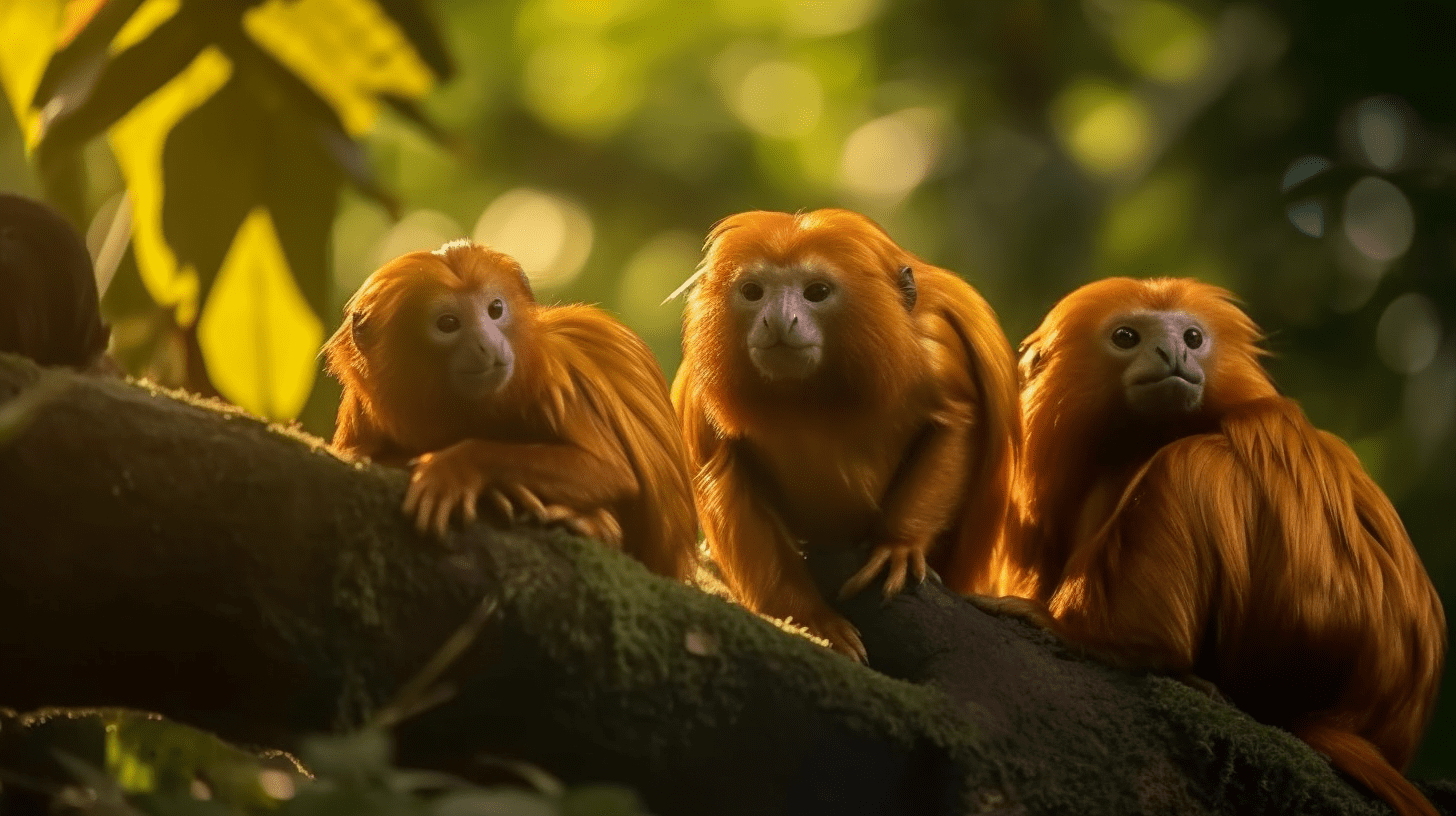In the course of history, many animals have gone extinct due to human activities, climate change, or other environmental factors. However, some species have managed to defy the odds and make a comeback from the brink of extinction. In this article, we will explore 10 animals that were once thought to be extinct but have since been rediscovered or reintroduced.
#1. Arabian Oryx
The Arabian oryx is a beautiful antelope species native to the Middle East, known for its striking white coat and long horns. The oryx was hunted extensively for its meat and horns in the 19th and 20th centuries, and by the 1970s, it was declared extinct in the wild. However, thanks to conservation efforts and breeding programs, the Arabian oryx was successfully reintroduced into the wild in Oman in 1982.
#2. Black-Footed Ferret
The black-footed ferret is a small carnivorous mammal native to the Great Plains of North America. By the 1970s, the ferret was declared extinct due to habitat loss and disease. However, in 1981, a small population of black-footed ferrets was discovered in Wyoming. This discovery led to conservation efforts and breeding programs, and the ferret population has since been reintroduced to several western states.
#3. California Condor
The California condor is one of the largest birds in North America, with a wingspan of up to ten feet. By the 1980s, the condor population had declined to just 27 individuals due to hunting, habitat loss, and lead poisoning. However, a captive breeding program was established, and the condor was successfully reintroduced to the wild in California in 1992.
#4. Gray Whale
The gray whale is a large marine mammal that migrates along the coast of North America. By the early 20th century, the gray whale population had been decimated due to commercial hunting. However, conservation efforts and hunting bans have allowed the population to recover, and the gray whale is no longer considered endangered.
#5. Tasmanian Devil
The Tasmanian devil is a carnivorous marsupial native to the island of Tasmania. By the 1990s, the devil population had declined by 60% due to a contagious facial tumor disease. However, conservation efforts and breeding programs have allowed the devil population to recover, and the species is no longer considered endangered.
#6. Przewalski’s Horse
Przewalski’s horse is a wild horse species native to Mongolia. By the 1960s, the horse was declared extinct in the wild due to hunting and habitat loss. However, captive breeding programs were established, and the horse was reintroduced to the wild in Mongolia in the 1990s.
#7. Red Wolf
The red wolf is a canine species native to the southeastern United States. By the 1970s, the wolf was declared extinct in the wild due to hunting and habitat loss. However, captive breeding programs were established, and the wolf was reintroduced to the wild in North Carolina in the 1980s.
#8. Vicuña
The vicuña is a small South American camelid known for its soft wool. By the 1960s, the vicuña population had declined due to hunting for its wool. However, conservation efforts and breeding programs have allowed the vicuña population to recover, and the species is no longer considered endangered.
#9. White-Tailed Deer
The white-tailed deer is a species of deer native to North and South America. By the early 20th century, the population of white-tailed deer had declined significantly due to overhunting and habitat loss. However, conservation efforts and hunting regulations have allowed the population to recover, and the species is now thriving across North and South America.
#10. Golden Lion Tamarin
The golden lion tamarin is a small monkey species native to Brazil’s Atlantic Forest. By the 1970s, the tamarin population had declined to less than 200 individuals due to habitat loss and hunting. However, conservation efforts and breeding programs have allowed the population to recover, and the species is no longer considered endangered.
These 10 animals are examples of how conservation efforts, hunting regulations, and breeding programs can help save species from extinction. However, there are still many species that are at risk of extinction, and it is crucial that we continue to work towards preserving our planet’s biodiversity.
In conclusion, it is essential to continue conservation efforts and support breeding programs to ensure the survival of endangered species. Through collaboration and dedication, we can protect our planet’s wildlife and preserve its natural beauty for future generations.
